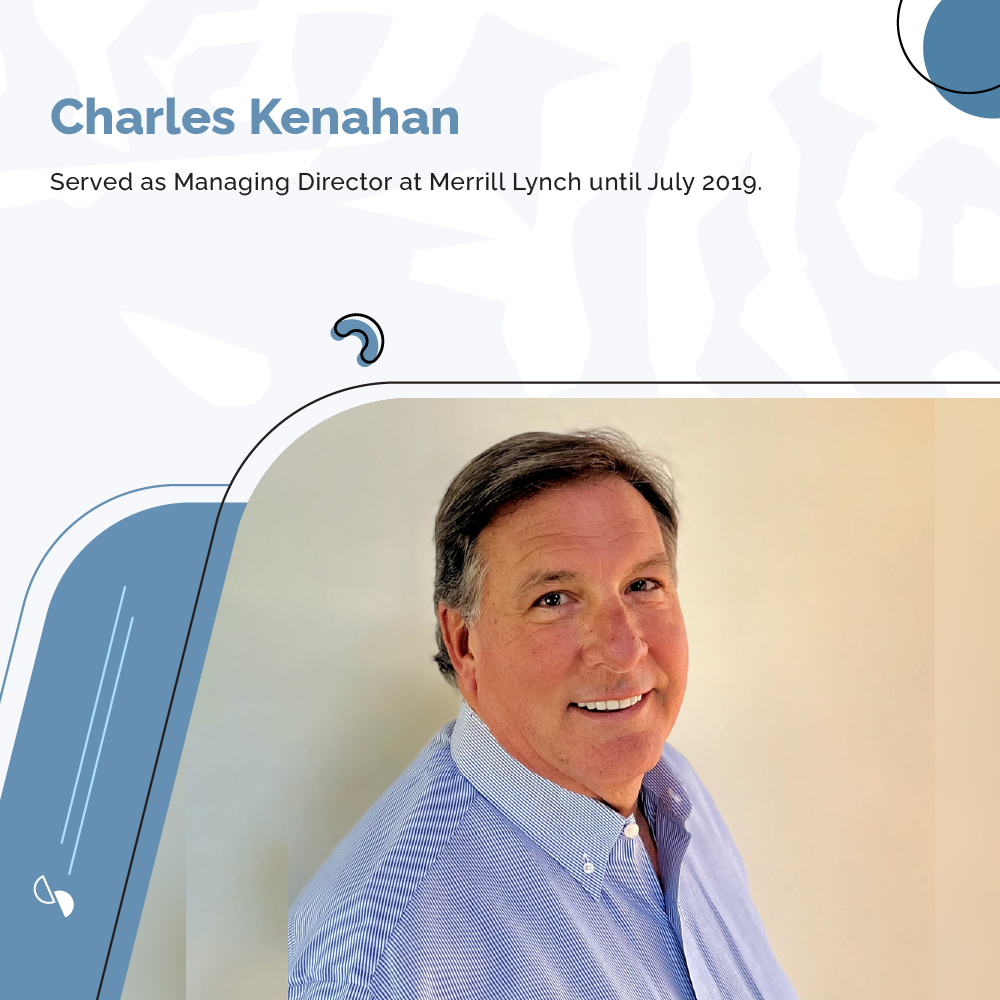
Managing personal wealth effectively encompasses more than just saving money; it involves a comprehensive strategy that includes accumulation, management, and distribution of wealth. This journey, often complex and multi-faceted, requires careful planning and foresight to ensure financial stability and legacy continuity. Understanding the lifecycle of wealth management is essential for anyone looking to not only grow their assets but also to protect and eventually distribute them in alignment with their personal and familial goals.
The Foundation: Accumulating Wealth
The journey begins with the accumulation phase, where the primary goal is to build assets through various means such as earnings, investments, and savings. Effective wealth accumulation requires a proactive approach to financial planning, incorporating strategies tailored to an individual’s risk tolerance, investment horizon, and financial objectives.
Earnings and Savings: Income generated from employment or business activities is the cornerstone of wealth accumulation. Strategic savings from this income form the bedrock of future investment endeavors.
Investment Strategies: Diversifying investment portfolios to include stocks, bonds, real estate, and other assets can help mitigate risks and enhance returns over time. Long-term investment in growth-oriented assets is particularly crucial during this phase.
Retirement Planning: Contributing to retirement accounts such as IRAs or 401(k)s is vital. You will benefit from tax advantages and employer matches where available.
Mid-Life: Managing and Protecting Wealth
As assets grow, the focus shifts towards managing and protecting wealth. This stage involves more sophisticated financial strategies designed to protect wealth from market volatility, inflation, and unforeseen personal circumstances.
Asset Allocation and Rebalancing: Regularly adjusting the distribution of assets in an investment portfolio. Ensures alignment with changing risk profiles and economic conditions.
Tax Optimization: It becomes crucial to implement strategies to minimize tax liabilities through tax-loss harvesting, charitable giving, and leveraging tax-advantaged accounts.
Insurance and Estate Planning: Adequate insurance coverage—be it life, disability, or long-term care—protects against potential financial hardships. Simultaneously, estate planning, including wills, trusts, and health care directives. Ensures that assets are distributed according to one’s wishes while minimizing tax implications.
Approaching Retirement: Transitioning from Growth to Preservation
As retirement approaches, the emphasis shifts from asset accumulation to preservation. The goal is to maintain the lifestyle in retirement without the risk of outliving one’s assets.
Risk Reduction: Gradually shifting investment portfolios from high-risk assets to more stable investments like bonds or annuities can safeguard the capital against significant downturns.
Income Streams: Establishing reliable sources of income for retirement. Fixed annuities, social security benefits, and potentially reverse mortgages are essential.
Healthcare Considerations: Planning for healthcare costs in retirement, including Medicare and supplemental insurance, is crucial to avoid depleting retirement savings.
Golden Years: Distributing Wealth
In the distribution phase, the focus is on efficiently managing the disbursement of assets to support one’s lifestyle in retirement and leave a legacy.
Withdrawal Strategies: Innovative withdrawal strategies that optimize the longevity of savings while considering required minimum distributions (RMDs) and tax implications are vital.
Legacy Planning: Deciding how to pass on wealth to heirs or charities involves considerations around trusts, gifting strategies, and philanthropic endeavors.
Life Enjoyment: Finally, ensuring that there are sufficient funds to enjoy the golden years. From travel and leisure to family events, it is a vital part of wealth distribution.
The lifecycle of wealth management is a continuous process that requires adaptation and fine-tuning as financial circumstances and goals evolve. Understanding each phase—accumulation, management, preservation, and distribution—enables individuals to make informed decisions. Ensuring financial security and the ability to leave a lasting legacy. Engaging with a trusted financial advisor to navigate. This complex terrain can provide the guidance necessary to achieve financial peace of mind across all stages of life.